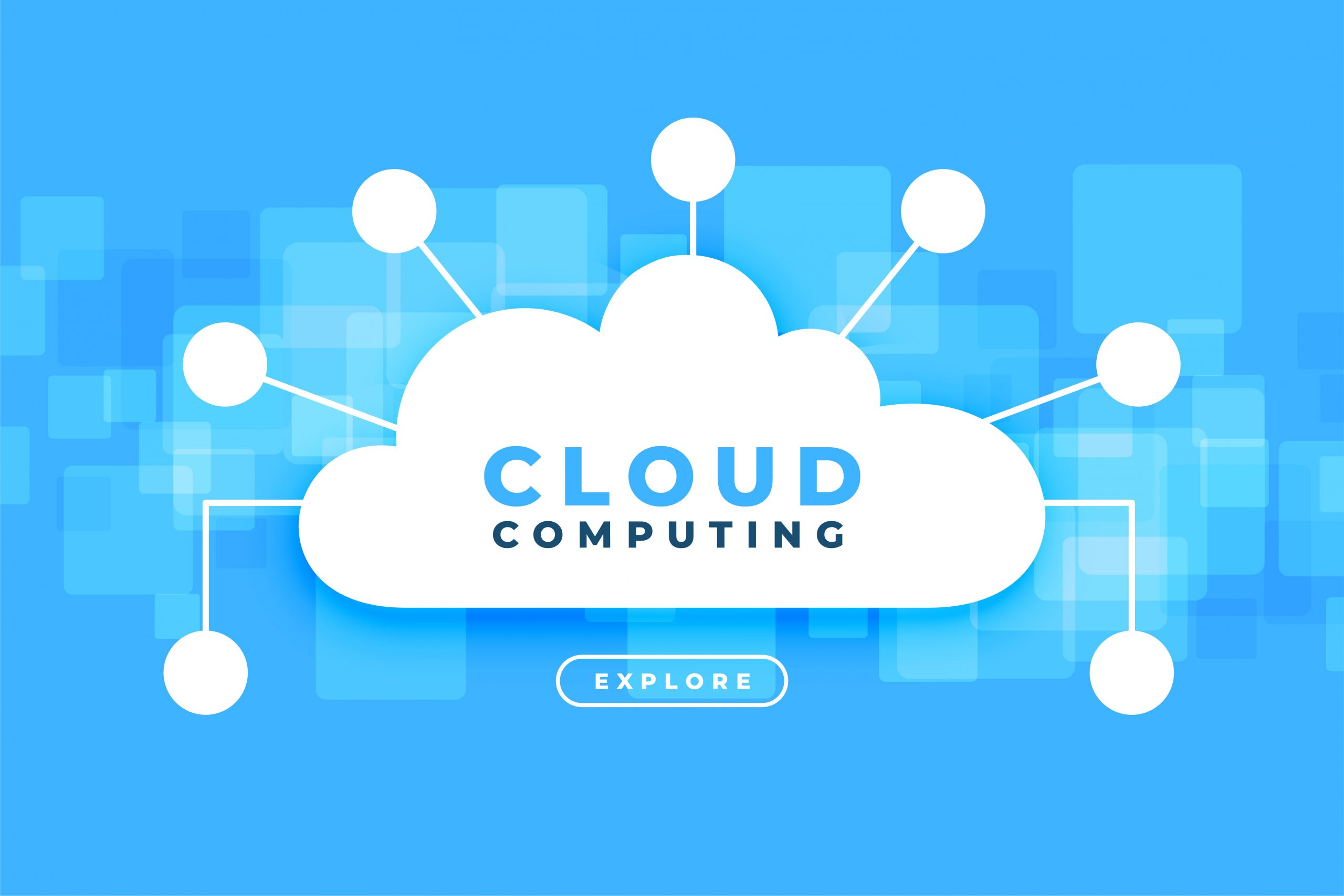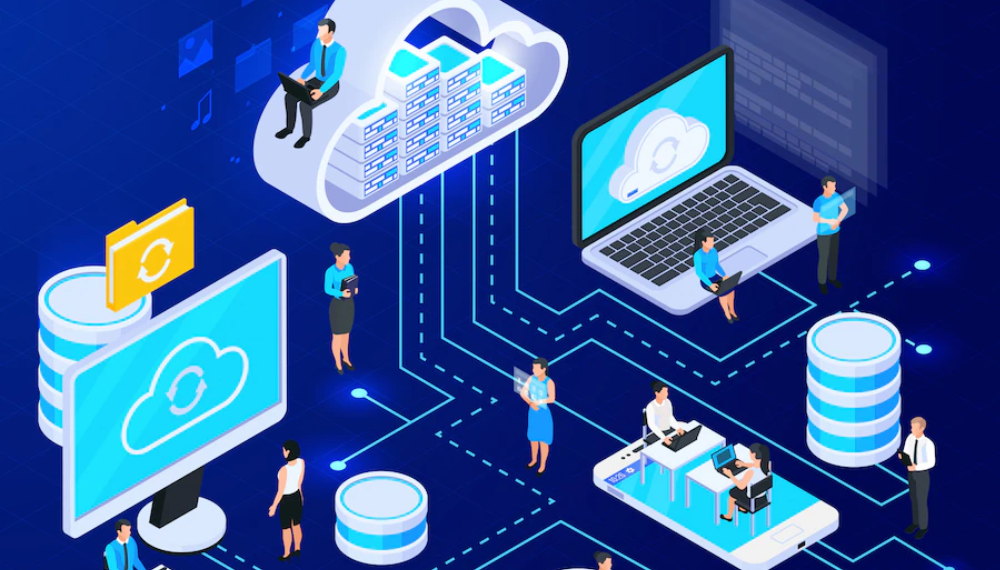Government agencies today face a dual challenge, delivering citizen-centric services faster while ensuring security, compliance, and transparency. As data volumes grow and digital ecosystems expand, enterprise architecture (EA) has become the backbone of modernization. Now, with the rise of artificial intelligence (AI), EA is undergoing its most significant evolution yet, one that blends human strategy with machine intelligence to create agile, adaptive, and insight-driven public systems.
From Static Frameworks to Intelligent Architectures
Traditionally, enterprise architecture frameworks such as TOGAF and FEAF have focused on structure, governance, and alignment between IT and business objectives. While effective, these models were largely reactive, built to document and standardize processes rather than predict or optimize them. AI is changing that. Machine learning models, generative AI tools, and autonomous agents are introducing a layer of intelligence and adaptability that allows architectures to evolve continuously. Instead of static blueprints, government agencies can now build self-learning ecosystems that anticipate needs, detect inefficiencies, and suggest improvements in real time.
How AI Integrates Across the EA Layers
1. Strategic Layer – Data-Driven Governance
AI enhances the decision-making process at the strategic level by uncovering patterns hidden within vast public datasets. Predictive analytics can help agencies forecast resource needs, identify risks, and prioritize initiatives. For instance, AI-powered portfolio management can simulate outcomes of new policies before implementation, helping leaders make more informed decisions. 2. Application Layer – Intelligent Design and Automation
Generative AI tools are accelerating software design and documentation. Architects can now use AI assistants to generate system models, write architecture descriptions, and even map dependencies across applications. Beyond documentation, AI also enables process automation, allowing workflows to be designed, tested, and optimized with minimal manual intervention. 3. Technology Layer – Autonomous Infrastructure
AI’s impact is most visible at the infrastructure level. Autonomous operations (AIOps) use machine learning to monitor performance, predict failures, and automatically remediate issues, keeping mission-critical systems running without human oversight. Combined with cloud and edge computing, these capabilities make government IT ecosystems more resilient, scalable, and cost-efficient.
Benefits for Government Agencies
- Smarter Decision-Making: Real-time insights enable faster, evidence-based policy execution.
- Operational Efficiency: Automation reduces manual dependencies, accelerating project timelines.
- Resilience and Continuity: Predictive systems identify potential disruptions early, minimizing downtime.
- Transparency and Accountability: AI-powered analytics enhance visibility across systems, ensuring compliance and audit readiness.
When applied thoughtfully, AI doesn’t just modernize architecture, it elevates the mission outcomes agencies are built to achieve.
Challenges on the Transformation Path
Despite its potential, AI adoption in enterprise architecture isn’t without hurdles. Legacy systems often lack interoperability, creating data silos that hinder machine learning models. Security and privacy concerns remain critical, especially when dealing with citizen data. Additionally, ethical AI use, ensuring fairness, accountability, and explainability, is paramount in public governance. Overcoming these challenges requires a structured approach: integrating AI gradually, building strong data governance models, and partnering with technology experts who understand both architecture and compliance landscapes.
Shaping the Future with AI-Ready Architecture
The path forward lies in embedding AI capabilities into the DNA of enterprise architecture, not as an add-on, but as a foundational element. Agencies that succeed will be those that architect for change: adaptive systems that learn, evolve, and deliver measurable impact. At InceptionEdge, we help government organizations design and implement AI-driven enterprise architectures that are secure, scalable, and future-ready. By combining deep expertise in federal IT frameworks with advanced automation and analytics, we empower agencies to move from legacy constraints to intelligent innovation. Because the future of governance isn’t just digital, it’s intelligent

















